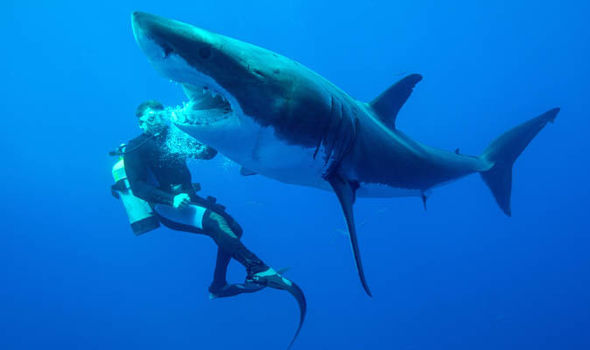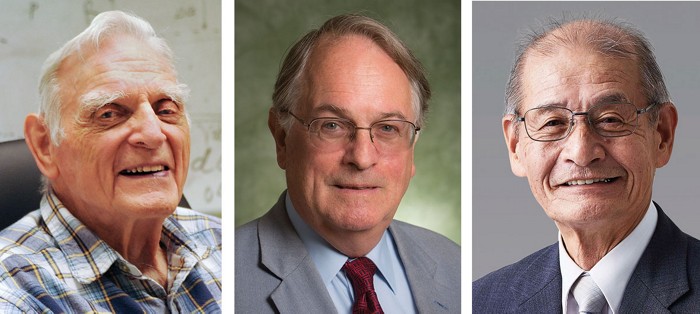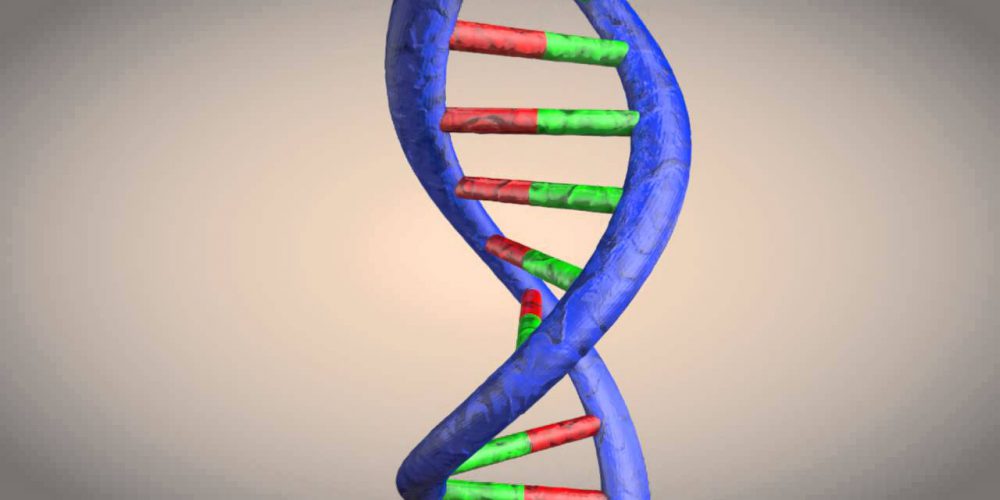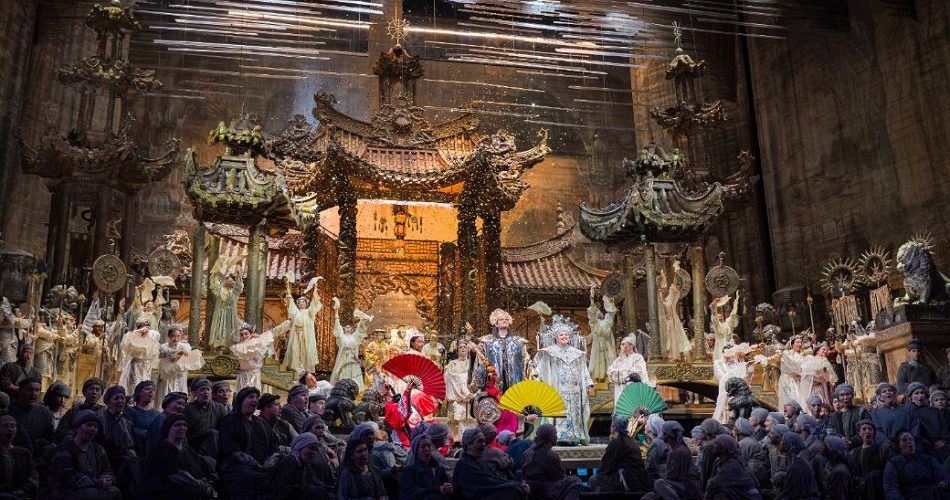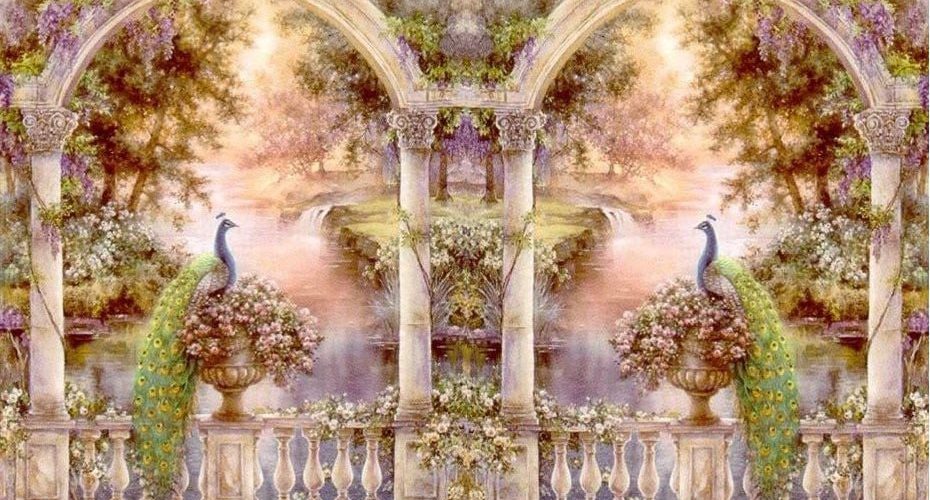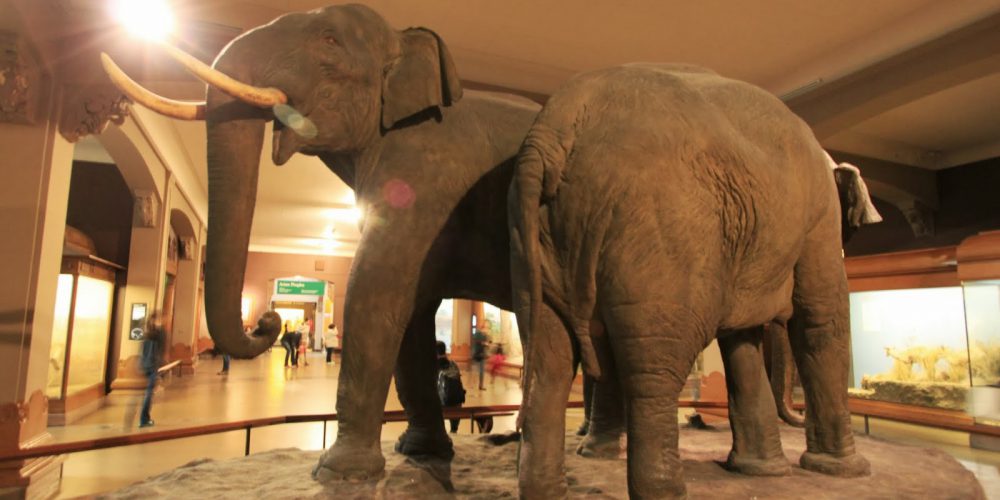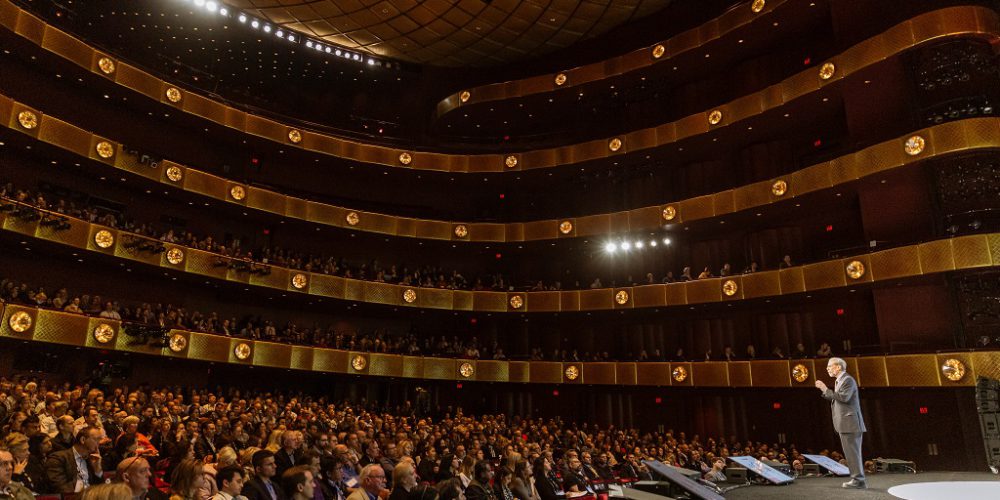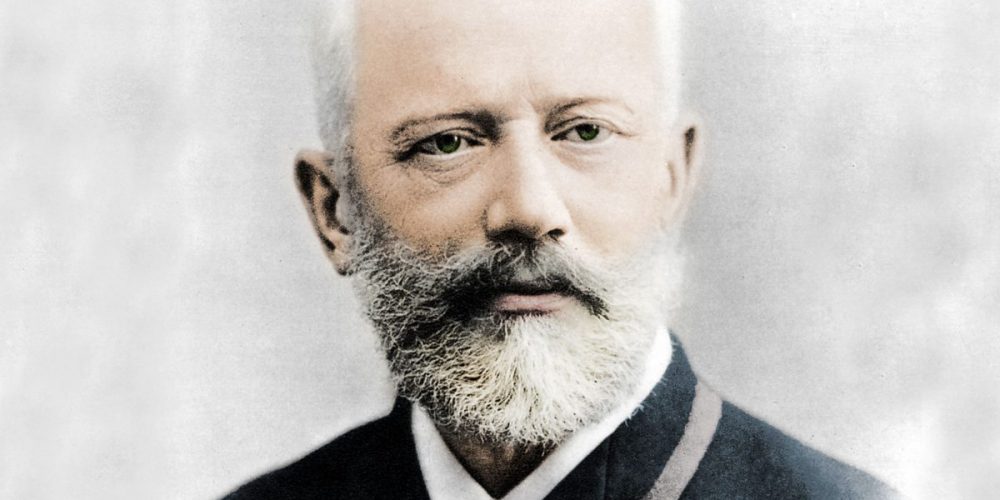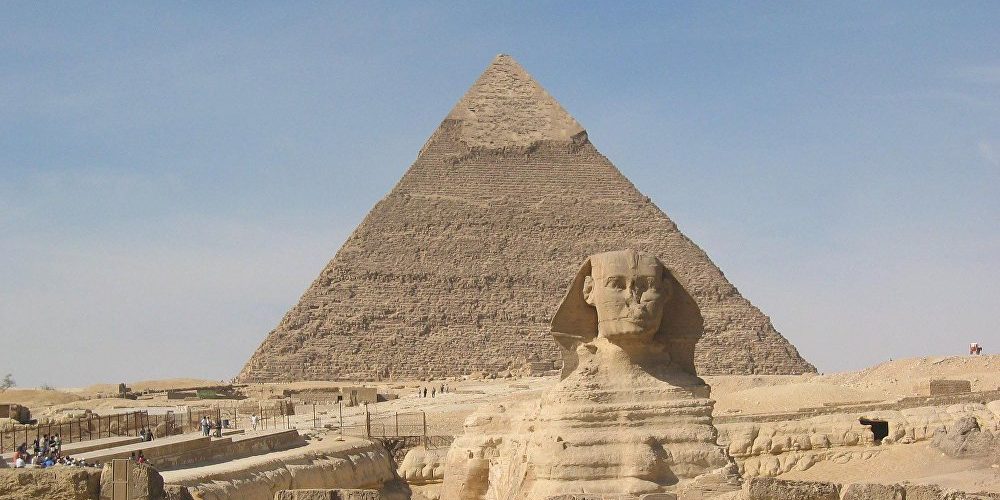Christmas traditions in Europe

Christmas
The origin and the name given to this celebration are different depending on the country. For exemple, for the French word Noël definitely comes from the Latin word natalis(birth). The masses of Christ, held by English evangelists in December, gave birth to the English word “Christmas”. “The Holy Night” is translated in German as Weihnacht. Taking place in the last few days of December, this holiday is not celebrated in the same way in every country. There are many symbols attached to this holiday in Europe, and each country has kept its own identity and traditions, while enriching them with influences form various other sources. This diversity and richness prove the importance given by Europeans to the Christmas holiday.
The Christmas tree
The evergreen Christmas tree, like ivy and holly, is the symbol of eternal life. This tradition is first mentioned in the 16th century, in Alsace; but as early as the 11th century, the houses seem to have been decorated with “greenery taken from trees”. Very early on, the Christmas tree was covered with various decorations and candles to light it up when Christmas came. In Hungary for exemple, the tree is decorated with biscuits, sweets and chocolates, which can be eaten from December 24, making sure that the coloured wrappers are not removed, so as not to leave the tree bare.
In the 18th century, the Christmas tree reached the whole of Germany, and then spread to many other countries. However, certain countries, such as Italy and Spain, were long reluctant to adopt this tradition.
In Greece, the Christmas tree does not exist, but people grow a Christmas rose called Ellebore.
The Christmas crib
The Christmas crib, which reminds us of the Nativity, first appeared in Italy and underwent considerable development in other southern Catholic countries of Europe (Spain, Portugal) as well as in France and Southern Germany after the 13th century. In the Early Middle Ages, cribs were set up in churches and liturgical games (Nativity games) were organised on Christmas night. Set up in a cave, or more modestly, in a stable, the traditional crib gradually became commonplace in the homes of churchgoers. At that time, it included only the main characters: baby Jesus, Mary, Joseph, the shepherds, the three Wise Men, the Angel Gabriel, not to mention the donkey and the bullock. However, in certain countries, other characters are traditionally included in the Nativity scene. This is particularly the case in Poland, where national heroes, represented by small figurines, are included alongside the crib characters. Moreover, the French Jean-Louis Lagnel invented in the18th century, small clay figurines, very colourful, representing little characters from the south of France, that are included in the Nativity scene. These are known as the Santons de Provence and have been since quite popular.
Father Christmas
Father Christmas (also known as Santa Claus in English, Babbo Natale in northen Italy, Mos Craciunen in Romania…) whom we know today, with his white beard and red costume did not appear until recently in folklore, in Anglo-Saxon countries.
He lives in the north of Finland with his faithful reindeer. Father Christmas arrives by sleigh, the night of December 24, to distribute presents to children by going down the chimney.
This character seems to have many ancestors in France, particularly Father Chalande Sovoyard, Father January Bourguignon or the Basque Olenzaro.
But it is mainly Saint Nicolas who appears to have founded the principal model.
Christmas Markets
Christmas Markets originated in the Middle Ages. The oldest are those taking place in Vienna in Austria and Munich in Germany. In 1570, Strasbourg organised its first Christmas Market. This is the Christkindelsmärik (baby Jesus market) which still takes place today.
Christmas Markets bring the opportunity to discover various presents, Christmas decorations, cribs and other objects made by craftsmen.
They bring a holiday atmosphere to cities, waiting for Christmas Day.

